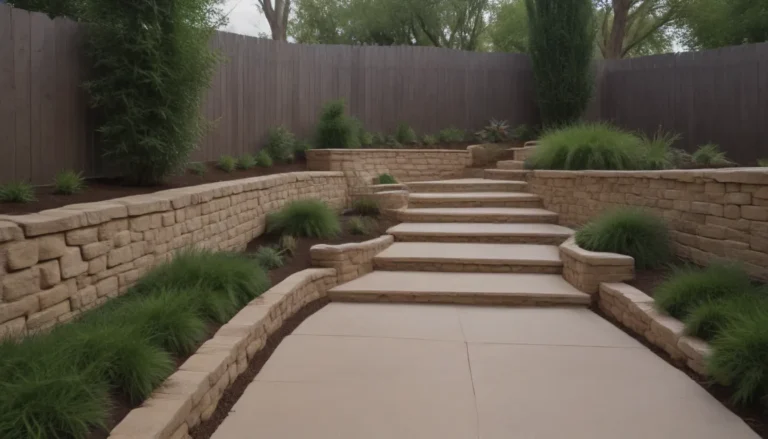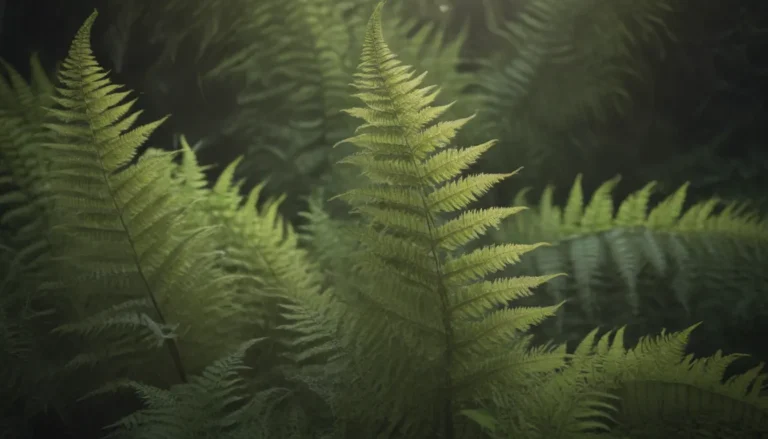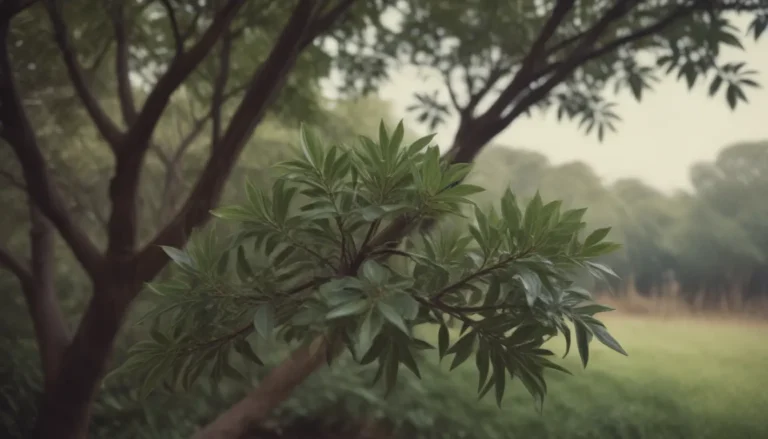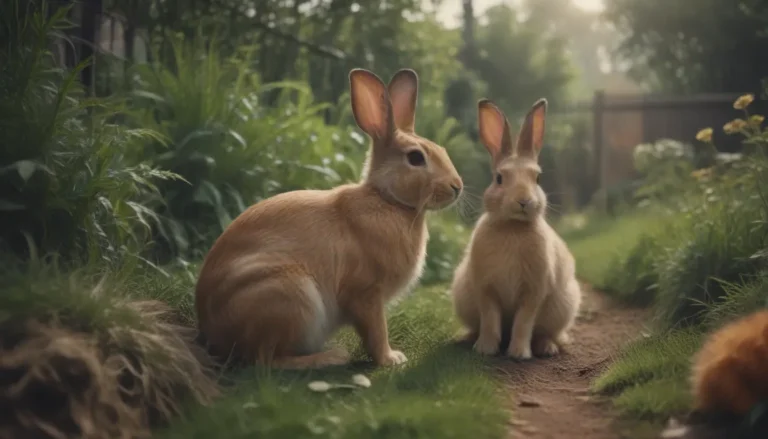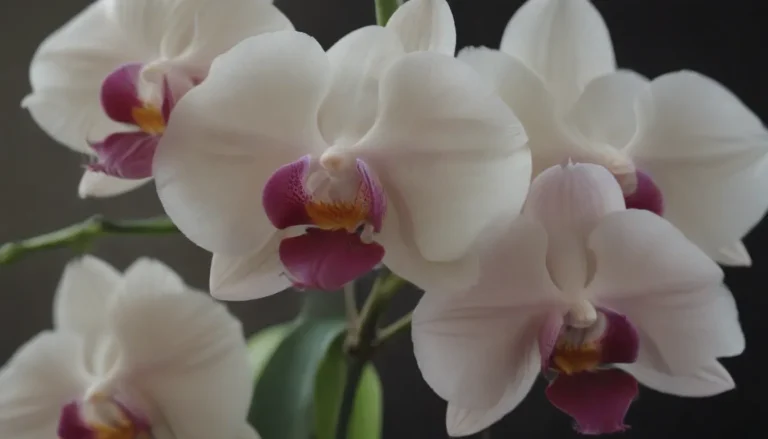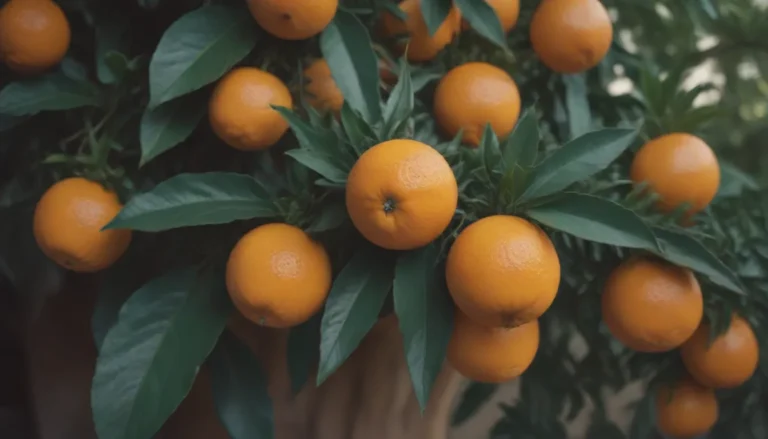A Comprehensive Guide to Growing and Caring for Black Gum Trees
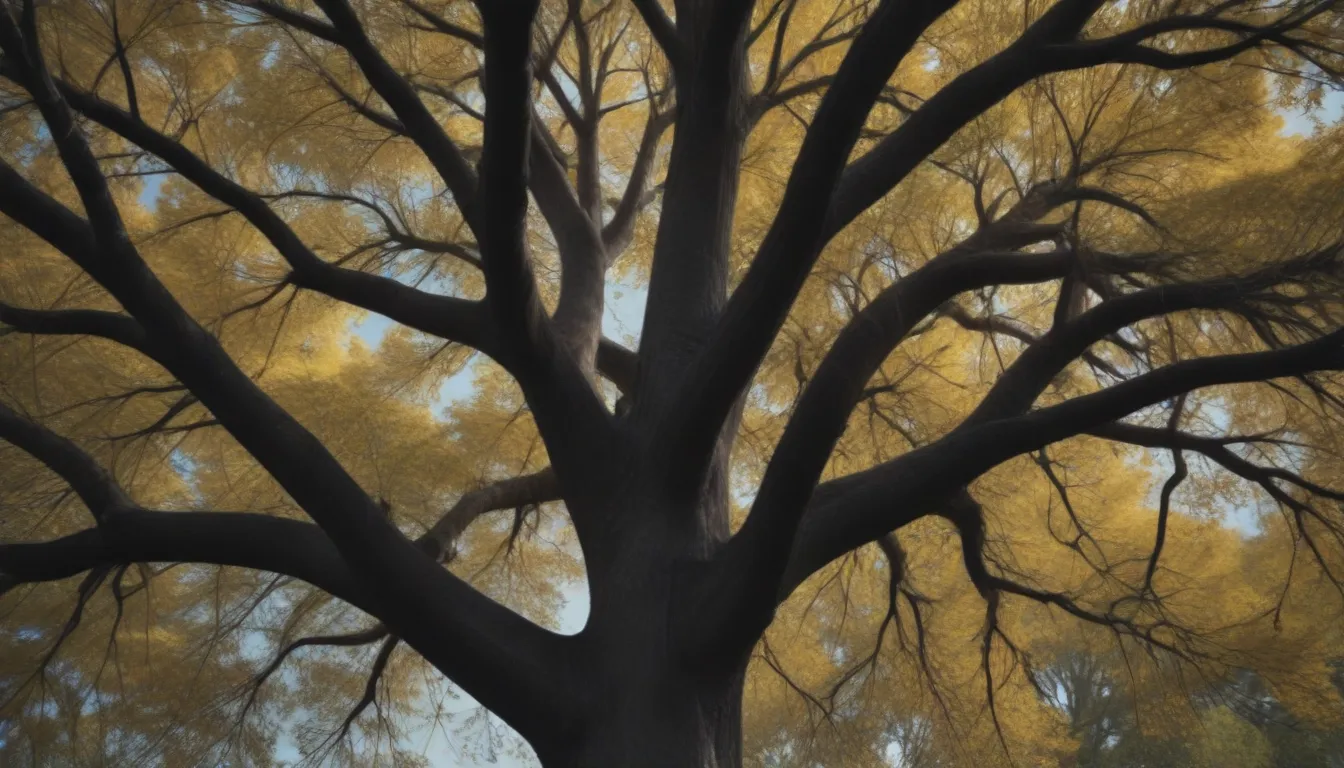
Are you considering adding a black gum tree (Nyssa sylvatica) to your landscape but aren’t sure where to start? Look no further! In this in-depth guide, we’ll cover everything you need to know about growing and caring for black gum trees, from planting to pruning to common pests and diseases.
Getting to Know the Black Gum Tree
The black gum tree is a medium-sized deciduous tree known for its slow growth rate, gaining only around 1 to 2 feet per year. It boasts a rounded shape with a straight trunk and bark that resembles alligator skin. The leaves of the black gum tree vary in shape and are typically 3 to 6 inches long. One of the most appealing features of this tree is its vibrant fall color, with leaves transitioning from dark green to shades of red, orange, yellow, and purple. In the spring, non-showy flowers give way to small dark blue fruits that attract birds and other wildlife.
Black Gum Tree Care Tips
Black gum trees are relatively low-maintenance additions to any landscape, providing excellent ornamental value. Follow these tips to ensure your black gum tree thrives:
Light
- Black gum trees can grow in full to partial sunlight, receiving at least four hours of direct sunlight daily.
Soil
- These trees are tolerant of various soil types, preferring loamy soil with an acidic pH and good drainage. They can handle poor drainage and even some standing water.
Water
- Young trees may require regular watering to maintain soil moisture, but mature trees have some drought tolerance. Water your tree during prolonged dry periods.
Temperature and Humidity
- Black gum trees are hardy to cold and heat and can adapt to various climates. Ensure good air flow among branches to prevent fungal growth.
Fertilizer
- Feed your black gum tree annually in the fall with a slow-release granular fertilizer, using 2 cups per inch of trunk diameter.
Black Gum Tree Varieties
Explore different varieties of the black gum tree to find the perfect fit for your landscape:
– ‘Zydeco Twist’
– ‘Autumn Cascades’
– ‘Wildfire’
– ‘Firestarter’
– ‘Tupelo Tower’
Pruning Your Black Gum Tree
- Minimal pruning is required for black gum trees, mainly involving trimming branches to maintain shape and removing damaged or dead parts.
- Prune in late fall or winter after the coldest weather has passed, but you can remove problematic branches at any time.
Propagating and Repotting Tips
- Propagating black gum trees from cuttings is challenging, and growing from seeds may not yield the desired fall color.
- Repotting the tree is not recommended due to its long taproot.
Overwintering Your Black Gum Tree
- Black gum trees are hardy to USDA zone 3 and do not require winter protection.
Common Pests and Diseases
- Black gum trees typically do not face significant pest or disease issues. Keep an eye out for leaf spots, cankers, leaf miners, and scale.
- Be mindful of fruit drop, which can create slippery hazards on sidewalks.
In conclusion, the black gum tree is a stunning addition to any landscape, offering vibrant fall color and attracting wildlife. By following these care tips and guidelines, you can ensure that your black gum tree thrives for years to come. Happy planting!
